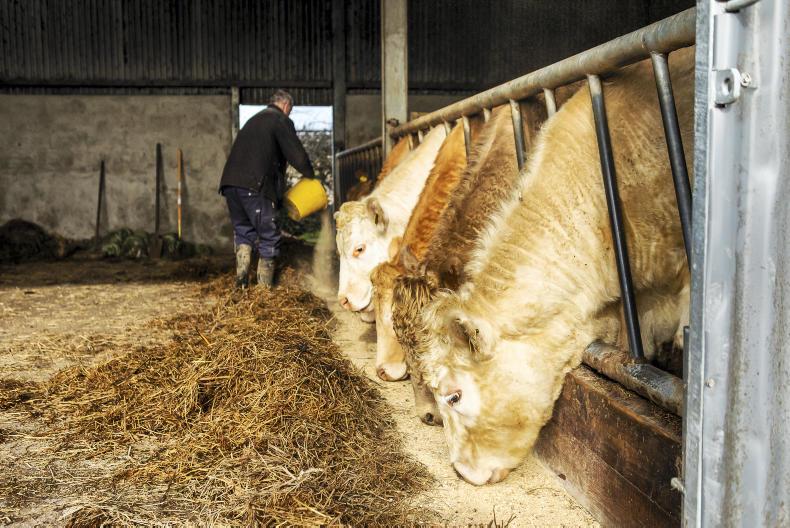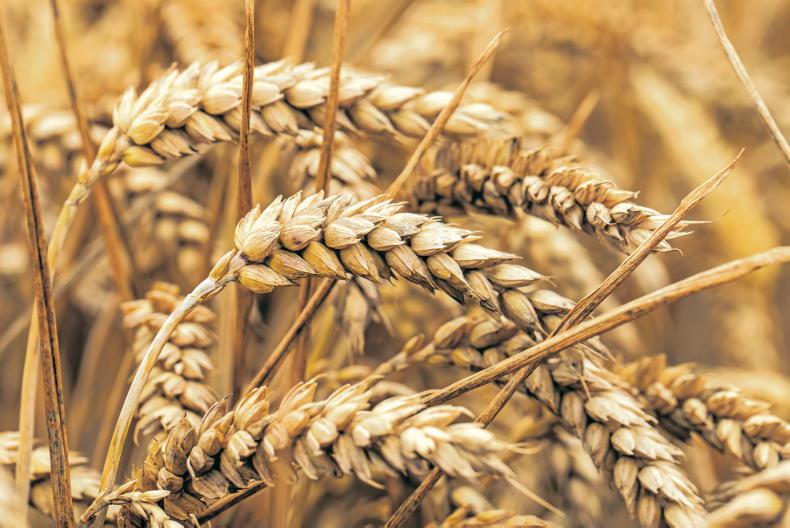Livestock farmers are set to be hit with an increase of up to £30/t on the price of purchased feed.
Restrictions on export volumes originating from Argentina, which is the world’s largest exporter of soya, combined with the collapse of sterling to a 35-year low against the US dollar last week, has resulted in soya rising by more than £100/t on spot markets. That leaves it priced around £410/t.
Reports from importers also suggest that shipping costs are up due to the worldwide coronavirus pandemic. As a result, availability of supply is now an issue and could lead to further price hikes for local merchants trying to forward-buy.
Other straights have also been affected by the rise in soya prices and the weakening of sterling. Barley has increased by at least £15/t on spot markets, which would put it around £205/t delivered on farm this week.
Maize meal has also increased and is trading around similar prices to barley. Soya hulls, which are a byproduct of the processing of soyabean, remain extremely difficult to source.
Merchants indicate that where available, hulls could cost £210/t delivered on farm next month.
Some merchants estimate that as much as £30/t could soon be added to cattle and sheep rations, bringing a general-purpose 16% cattle ration to around £240/t with dairy rations rising toward £275/t. Sheep rations will increase to £280/t.
Feed merchants say if further price increases are applied, they expect a drop in orders given the current pressure on cashflow on farms, and with the grazing season close to starting.
Read more
Five tips to get the most from spring fertiliser
Sheep management: early weaning, creep feeding and grass tetany
Livestock farmers are set to be hit with an increase of up to £30/t on the price of purchased feed.
Restrictions on export volumes originating from Argentina, which is the world’s largest exporter of soya, combined with the collapse of sterling to a 35-year low against the US dollar last week, has resulted in soya rising by more than £100/t on spot markets. That leaves it priced around £410/t.
Reports from importers also suggest that shipping costs are up due to the worldwide coronavirus pandemic. As a result, availability of supply is now an issue and could lead to further price hikes for local merchants trying to forward-buy.
Other straights have also been affected by the rise in soya prices and the weakening of sterling. Barley has increased by at least £15/t on spot markets, which would put it around £205/t delivered on farm this week.
Maize meal has also increased and is trading around similar prices to barley. Soya hulls, which are a byproduct of the processing of soyabean, remain extremely difficult to source.
Merchants indicate that where available, hulls could cost £210/t delivered on farm next month.
Some merchants estimate that as much as £30/t could soon be added to cattle and sheep rations, bringing a general-purpose 16% cattle ration to around £240/t with dairy rations rising toward £275/t. Sheep rations will increase to £280/t.
Feed merchants say if further price increases are applied, they expect a drop in orders given the current pressure on cashflow on farms, and with the grazing season close to starting.
Read more
Five tips to get the most from spring fertiliser
Sheep management: early weaning, creep feeding and grass tetany










SHARING OPTIONS